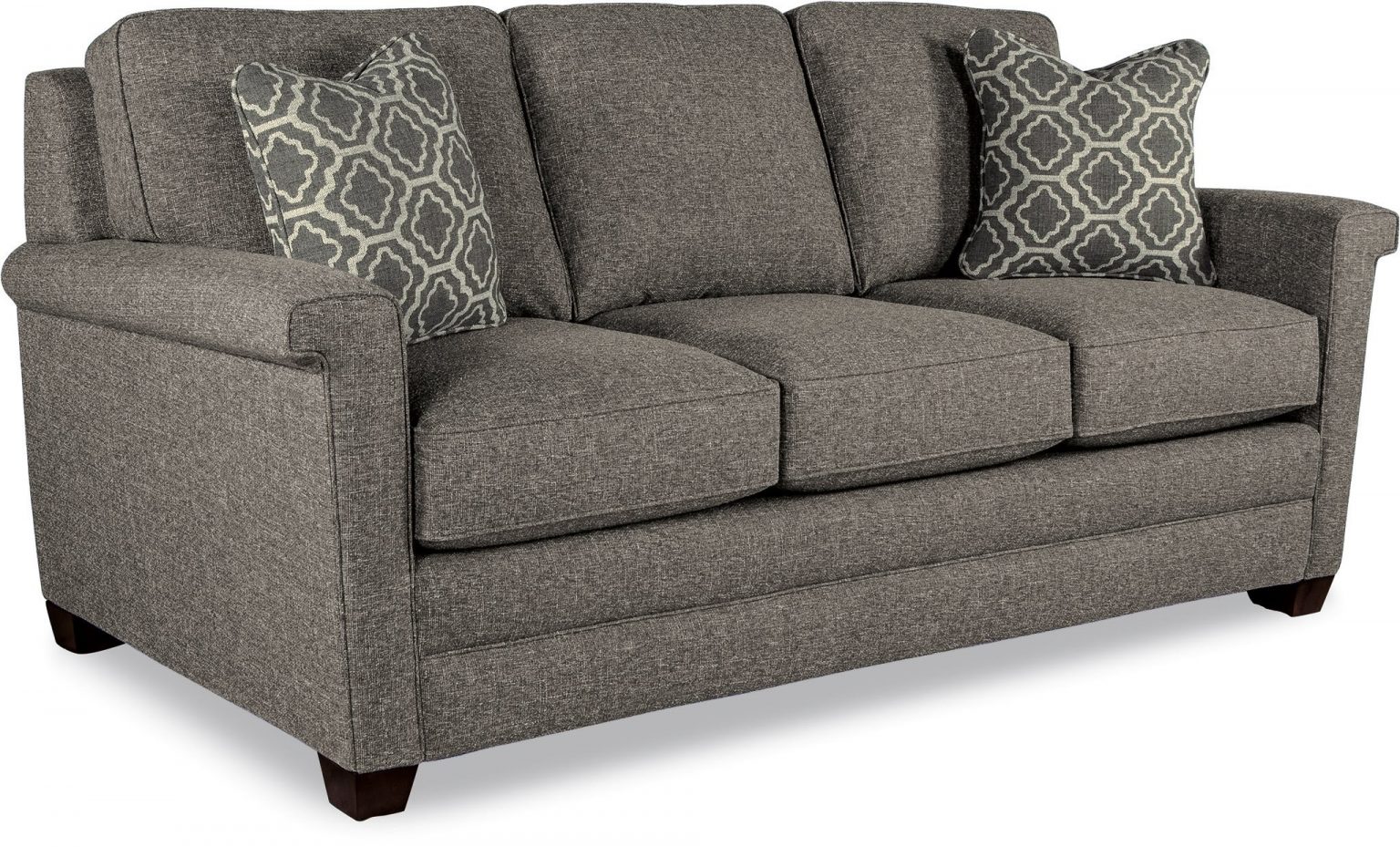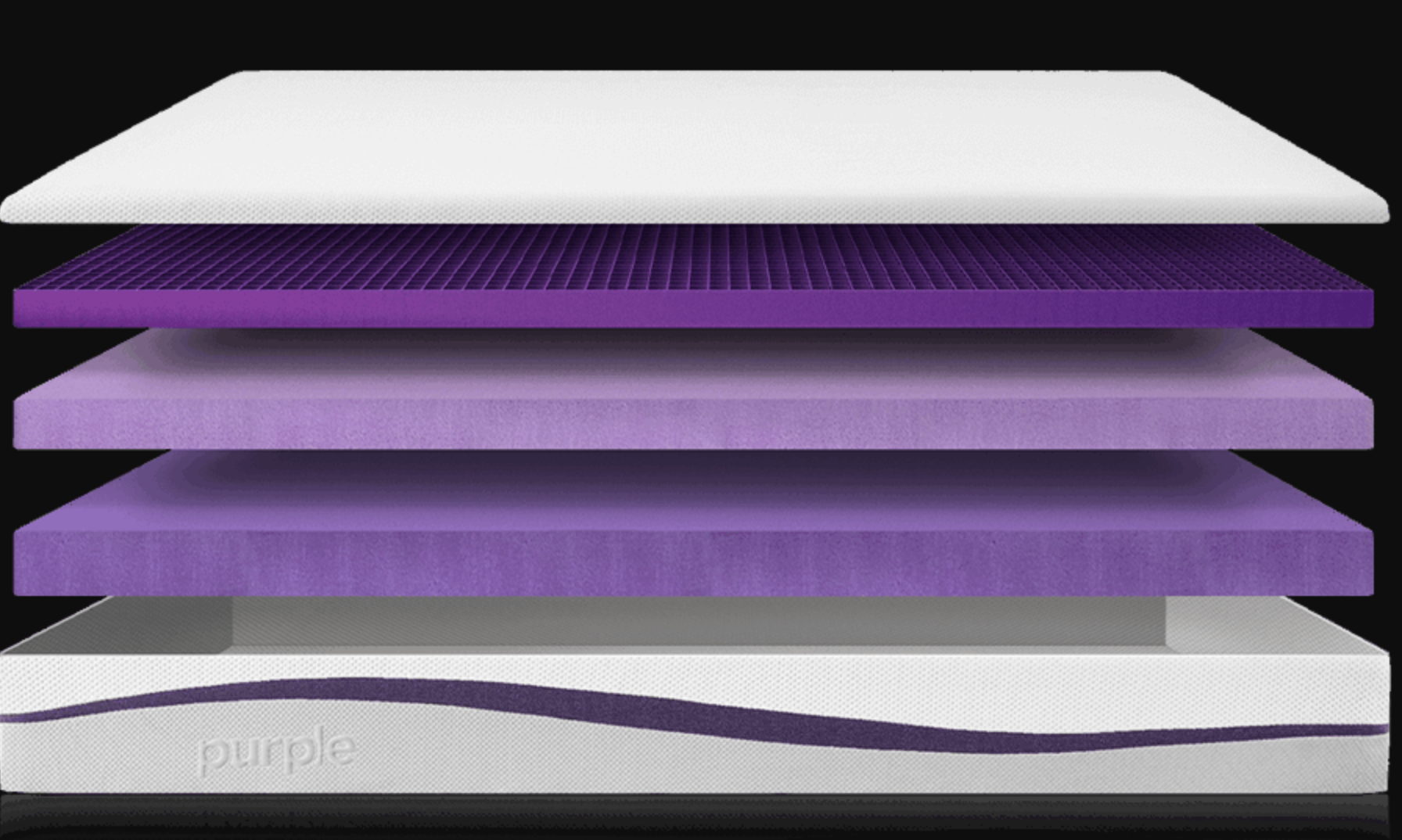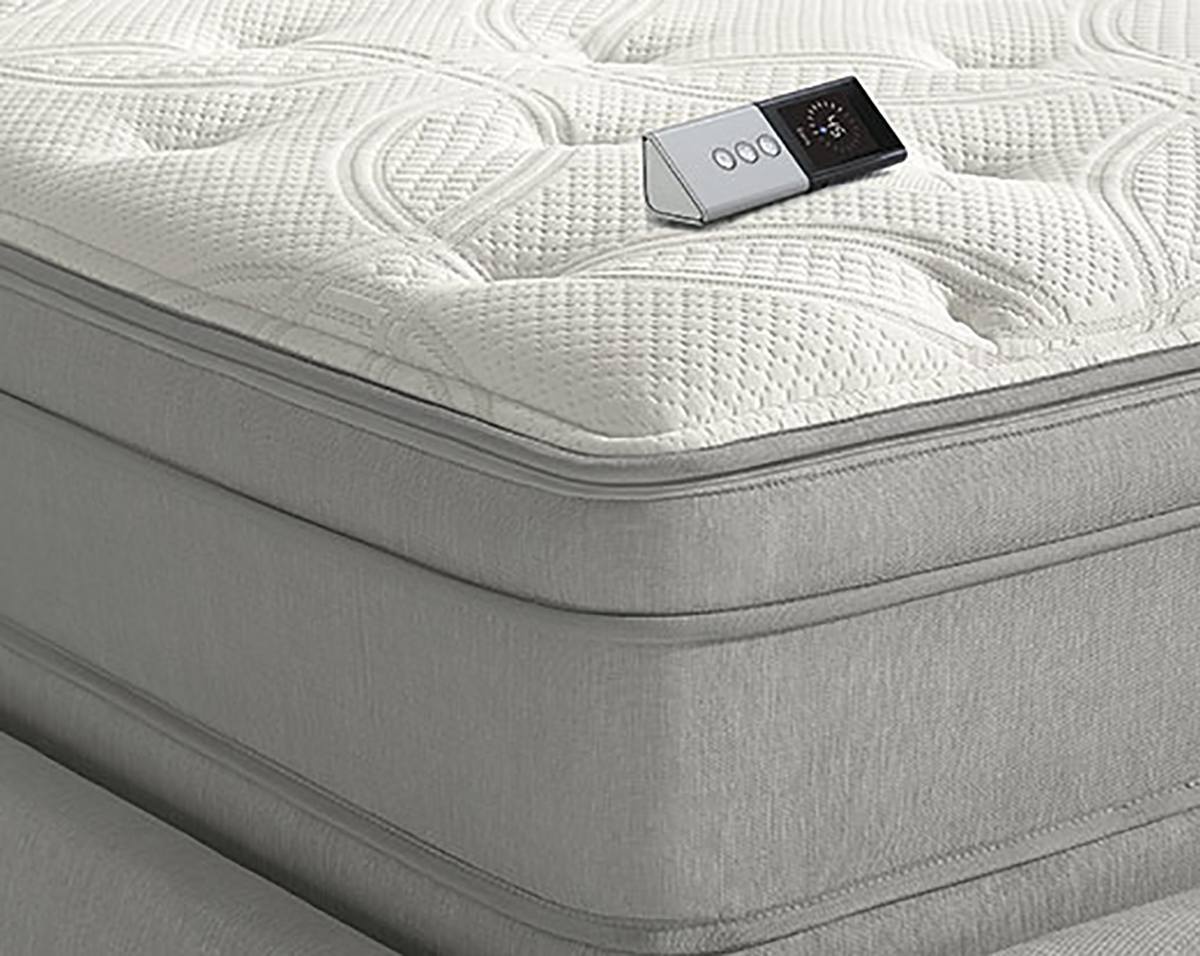Art Deco house designs have the potential to be amazingly “green” and energy-efficient, with Passive House concepts being applied. Passive House designs use well-insulated building materials and construction techniques that result in extremely low levels of heat entering and leaving the home. The combination of heavily insulated walls, roof and floor, plus high performance windows and doors, mean a Passive House can post energy use levels up to 90% lower than a typical home. Passive House designs require the use of superior and densed insulation, and low air leakage, thus increasing the energy efficiency by far and ensuring its inhabitants feel comfortable. The materials used for this type of designs are carefully chosen to make sure that they will fulfill their insulating functions and, in most cases, these are organic and non-toxic materials - such as wool, cotton, denim, hemp and coir - that don’t require any kind of chemical processing.Passive House Designs
Zero-Carbon home designs are usually centered around the concept of renewable energy and “net zero” energy use. That means that the home generates, or has access to, enough energy from renewable sources to offset whatever energy it uses from the grid. Usually this is accomplished with solar photovoltaic (PV) panels, wind turbines, or solar thermal systems. These systems use natural renewable sources to provide energy for the home, such as heating, cooling, and lighting. Zero-Carbon home designs offer many advantages, some of
which include a significant reduction in energy costs, less dependence on fossil fuels, and an overall smaller carbon footprint from the household. A well-designed zero-carbon home will also be highly energy efficient, so that no energy is wasted. Zero-Carbon designs also often include features such as rainwater harvesting systems to collect and store water.Zero-Carbon Home Designs
Net Zero Energy home designs are very similar to Zero-Carbon home designs in that they both strive for net zero energy use. The main difference is that a net zero energy design puts a greater emphasis on energy efficiency, rather than relying solely on renewable energy sources to meet energy needs. This type of home design relies on a combination of energy efficient materials, appliances, and building methods to reduce energy use, as well as the use of renewable energy sources to offset whatever energy is still used. Net Zero Energy home designs are appealing to homeowners due to their potential reduction in energy costs. In addition, a net zero home can have a smaller environmental impact than a conventional home, as energy efficiency measures and renewable energy systems lower the amount of energy used from the grid and reduce the household’s carbon footprint.Net Zero Energy Home Designs
Green exterior designs are a great way to add a modern, yet eco-friendly, element to any Art Deco house. Green exterior designs use materials like reclaimed wood, bamboo, low VOC paints, recycled glass, and even energy efficient LED lighting. These materials work together to create an energy efficient, stylish look with a minimal environmental impact. Green exterior designs can also include rainwater harvesting systems and in-ground planting beds. Green exterior designs are becoming increasingly popular, as they are not only eco-friendly but they also add a unique, modern touch to a home that sets it apart from other Art Deco houses. Eco-friendly outdoor spaces also have the advantage of requiring less maintenance than traditional outdoor spaces and can help reduce water and energy costs.Green Exterior Designs
Green roof designs are a great way to add contemporary style to an Art Deco home. Green roof designs involve constructing a light-weight, waterproof, soil filled roofing material on the top of the house. These kinds of roofs can be planted with various kinds of plants, grasses, and even vegetables. These roofs are low maintenance and are great for providing insulation, which can reduce heating and cooling costs. Green roofs can also be designed in a way to incorporate features like solar panels, rainwater harvesting systems, and living walls. These features can increase the energy efficiency of the home and help reduce the home’s environmental impact. Plus, these features make for a beautiful, modern design element that will set the home apart from other Art Deco houses.Green Roof Designs
Energy-Efficient home designs are essential for taking advantage of any Art Deco home’s potential. Energy-Efficient designs include a combination of materials, fixtures and systems that reduce energy use and maximize comfort. This includes high performance windows and doors, efficient insulation, Energy Star appliances, LED lighting, and energy efficient HVAC systems. Energy-Efficient home designs reduce energy costs and can even improve indoor air quality. Plus, using the right energy efficiency materials and fixtures can enhance the look and design of an Art Deco house. Energy efficiency is no longer a trend, but is now a way of life, and a great option for Art Deco houses. Energy-Efficient Home Designs
A LEED certified home is one that meets or exceeds certain environmental standards set by the U.S. Green Building Council’s LEED rating system. LEED certified homes are built to be energy efficient, use fewer resources, and have fewer harmful environmental impacts. In terms of design, LEED homes may use a combination of features such as solar PV panels, LED lighting, high efficiency appliances, and non-toxic building materials. LEED certified designs offer a certain level of assurance that the home is actually green and built to last. These homes also qualify for tax credits and other incentives, so the upfront costs can be offset down the line. LEED certified homes also have the potential to increase resale value in an increasingly green-conscious world. LEED Certified Home Designs
Indoor air quality designs involve increasing ventilation, controlling contaminants, and ensuring the home is free from any toxic materials. These kinds of designs can be especially important in Art Deco houses, due to their age. Indoor air quality designs involve ensuring that the home is properly ventilated, by installing appropriate ventilation systems and air filtration systems if necessary. Indoor air quality designs may also involve reducing certain kinds of contaminants, such as mold, dust mites, and VOCs. This can be accomplished by using non-toxic materials for furniture, floors, and walls, as well as installing air filtration systems and air purifiers. Adopting indoor air quality designs in an Art Deco house is a great way to ensure the home is both beautiful and healthy.Indoor Air Quality Designs
Solar home designs involve incorporating solar panels and other renewable energy sources to meet the home’s energy needs. Installing solar PV panels on the roof of an Art Deco house can help reduce energy costs, reduce the home’s environmental impact, and increase the home’s resale value. These systems are most effective when combined with energy efficiency measures such as high performance windows and insulation. Solar home designs can also involve using solar thermal collectors for hot water heating and solar radiant heating systems. These systems are great for reducing energy costs and encouraging homeowners to use more green energy, in order to reduce their carbon footprint. In addition, these systems can be designed in a way to fit with the overall aesthetic of the Art Deco house.Solar Home Designs
Sustainable home designs are all about creating an Art Deco home that integrates with its surrounding environment in a healthy and sustainable way. This is accomplished by building the home with materials that are less wasteful and reducing the home’s energy consumption. Sustainable home designs can also include features such as energy efficient lighting, water efficient appliances, native landscaping and rainwater harvesting systems. Sustainable home designs are attractive to homeowners because they can reduce energy bills, improve indoor air quality, reduce water consumption, and enhance the look of the home. These designs also ensure the home is built to last, meaning that it will require less maintenance over its lifetime. Sustainable designs also benefit the surrounding environment, helping to preserve natural resources.Sustainable Home Designs
Rainwater harvesting designs are a great way to save energy and water in an Art Deco house. Rainwater harvesting systems store water collected from roofs, patios, and other areas in tanks or reservoir, to be used for irrigation, flushing toilets, and other uses. This type of system can reduce water consumption from municipal sources, thus reducing energy costs and the home’s overall environmental impact. Rainwater harvesting designs can also be designed to integrate with the aesthetic of the Art Deco home. This can be done by using tanks of all shapes and sizes and by incorporating them with artwork or other greenery. Rainwater harvesting systems are an excellent way for any Art Deco house to become more green.Rainwater Harvesting Designs
Achieving an Effective Environmental Friendly House Design
 One of the most fascinating trends in the world of design and construction is the introduction of
environmental friendly house plans
. With an aim to reduce their energy consumption and environmental footprint, homeowners are drawn to the idea of building sustainable and eco-friendly houses. As a result, house designs are shifting while manufacturers of building materials are investing time and resources into creating green building materials, such as environmentally-friendly insulation, paint, and roofing systems.
In addition to understanding the materials used and the construction methods to ensure a green building, you should also consider the
shape and size of your home
. A well-designed, environmentally friendly house plan should feature an efficient use of space and ventilation. Moreover, it should also aim to reduce heat loss and gain. The number of windows and doors, material of walls and roof, orientation of walls, placement of exterior shading, and landscaping techniques can all aid in achieving the right balance when it comes to temperature control in the home.
The use of natural elements in the
interior design of a house
can also contribute to its sustainability. Adding sunscreens and shading or opting for light colors schemes will impact the amount of energy used to light and cool the house. The use of natural lighting in the form of skylights and windows; hardwood or bamboo flooring; and furniture made of recycled materials can all make a difference.
Finally, when it comes to green exterior design, the focus should be on using natural terrain to create a landscape that is self-sustaining. This might include terracing; creating rock gardens, using local plants, integrating water catchment systems, and constructing terraces.
Permeable surfaces also play an important role
as they allow water to be slowed and filtered before it becomes runoff, thus limiting the amount of pollutants entering waterways.
One of the most fascinating trends in the world of design and construction is the introduction of
environmental friendly house plans
. With an aim to reduce their energy consumption and environmental footprint, homeowners are drawn to the idea of building sustainable and eco-friendly houses. As a result, house designs are shifting while manufacturers of building materials are investing time and resources into creating green building materials, such as environmentally-friendly insulation, paint, and roofing systems.
In addition to understanding the materials used and the construction methods to ensure a green building, you should also consider the
shape and size of your home
. A well-designed, environmentally friendly house plan should feature an efficient use of space and ventilation. Moreover, it should also aim to reduce heat loss and gain. The number of windows and doors, material of walls and roof, orientation of walls, placement of exterior shading, and landscaping techniques can all aid in achieving the right balance when it comes to temperature control in the home.
The use of natural elements in the
interior design of a house
can also contribute to its sustainability. Adding sunscreens and shading or opting for light colors schemes will impact the amount of energy used to light and cool the house. The use of natural lighting in the form of skylights and windows; hardwood or bamboo flooring; and furniture made of recycled materials can all make a difference.
Finally, when it comes to green exterior design, the focus should be on using natural terrain to create a landscape that is self-sustaining. This might include terracing; creating rock gardens, using local plants, integrating water catchment systems, and constructing terraces.
Permeable surfaces also play an important role
as they allow water to be slowed and filtered before it becomes runoff, thus limiting the amount of pollutants entering waterways.
Green Building Materials for an Environmentally-Friendly House Plan
 Manufacturers of construction materials have designed materials that reduce energy consumption, conserve water, and minimize waste. Different materials such as recycled-content carpeting, IKEA furnishings, cork floors, energy-efficient appliances, and low-flow faucets are just a few of the options available.
In addition to using green building materials, other technologies such as solar panels and wind turbines can also be incorporated in the design of an
environmentally-friendly house plan
. Such technologies can help eliminate energy costs and reduce carbon emissions. It is also important to note that green technologies such as photovoltaic systems and geothermal conversion systems can add considerable costs to an overall house plan. In the end, however, any expenses recouped from such investments can result in a substantial savings over the course of the house’s lifetime.
Manufacturers of construction materials have designed materials that reduce energy consumption, conserve water, and minimize waste. Different materials such as recycled-content carpeting, IKEA furnishings, cork floors, energy-efficient appliances, and low-flow faucets are just a few of the options available.
In addition to using green building materials, other technologies such as solar panels and wind turbines can also be incorporated in the design of an
environmentally-friendly house plan
. Such technologies can help eliminate energy costs and reduce carbon emissions. It is also important to note that green technologies such as photovoltaic systems and geothermal conversion systems can add considerable costs to an overall house plan. In the end, however, any expenses recouped from such investments can result in a substantial savings over the course of the house’s lifetime.









































































































